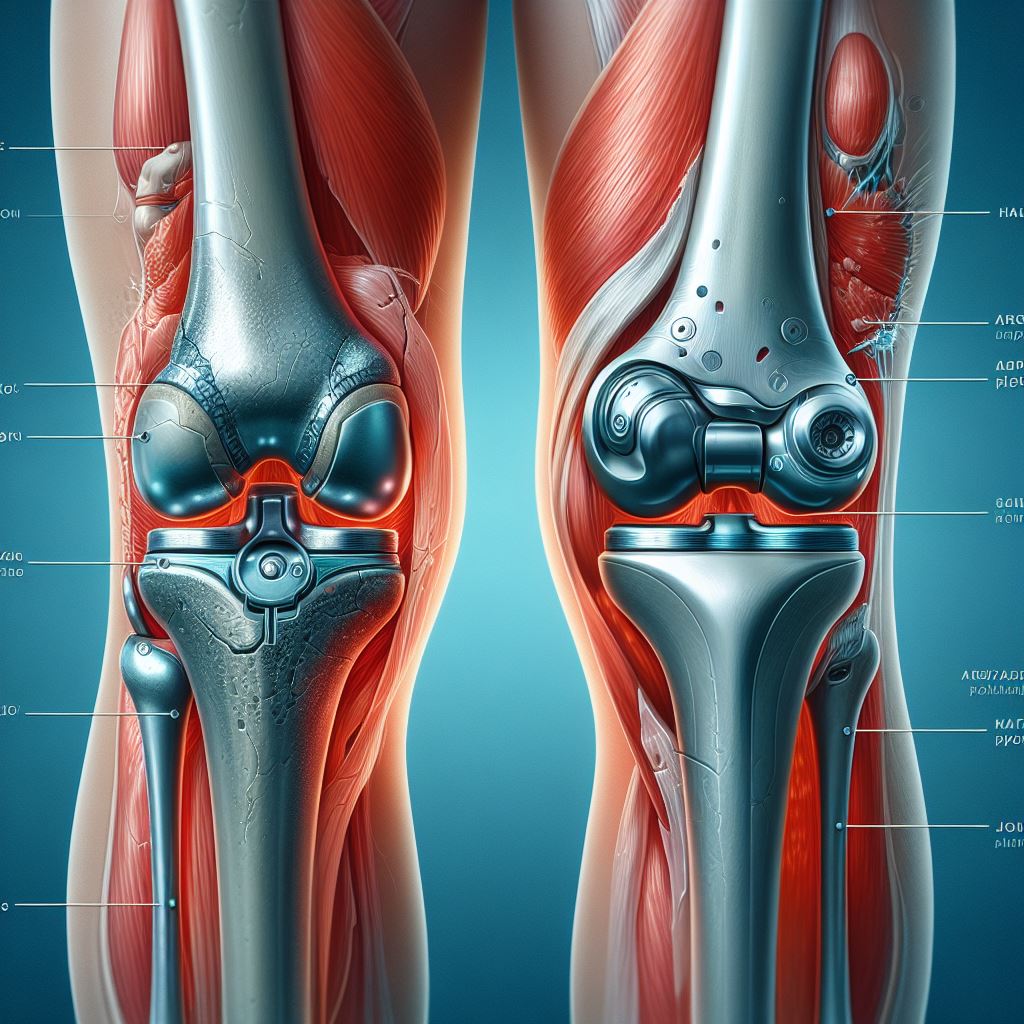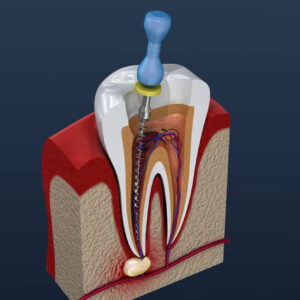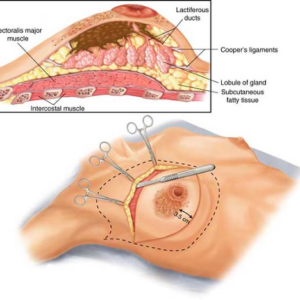Description
Familiarity with treatment:
Orthopedic joint replacement, also known as arthroplasty, is a surgical procedure where a damaged or arthritic joint is removed and replaced with an artificial joint, known as a prosthesis. This treatment is commonly used for severe arthritis and joint injury.
Procedure:
The joint replacement procedure typically involves the following steps:
- The patient is administered anesthesia.
- An incision is made over the joint that is to be replaced by the surgeon.
- The damaged bone and cartilage are removed.
- The new artificial joint is positioned and secured.
- The incision is closed with stitches or staples.
Who is it suitable for?
Joint replacement surgery is suitable for individuals who experience severe joint pain, stiffness, or immobility that significantly impacts their quality of life and does not improve with non-surgical treatments.
Who is it not suitable for?
Joint replacement surgery may not be suitable for individuals who have:
- Active infections.
- Certain chronic diseases that are not well-controlled, such as diabetes or heart disease.
- Poor overall health that makes surgery risky.
Advantages:
The advantages of joint replacement surgery include:
- Significant pain relief.
- Improved mobility and function.
- Enhanced quality of life.
Complications:
Possible complications of joint replacement surgery include infection, blood clots, dislocation of the joint, nerve damage, and prosthesis failure.
Preoperative care:
Preoperative care for joint replacement surgery typically involves:
- Medical evaluation and clearance for surgery.
- Patient education about the procedure and recovery.
- Physical therapy to strengthen muscles around the joint.
- Medication adjustments, such as stopping certain drugs before surgery.
Postoperative care:
Postoperative care for joint replacement surgery typically involves:
- Pain management.
- Physical therapy to restore joint function and strength.
- Wound care to prevent infection.
- Regular follow-up visits to monitor healing and prosthesis function.








Reviews
There are no reviews yet.